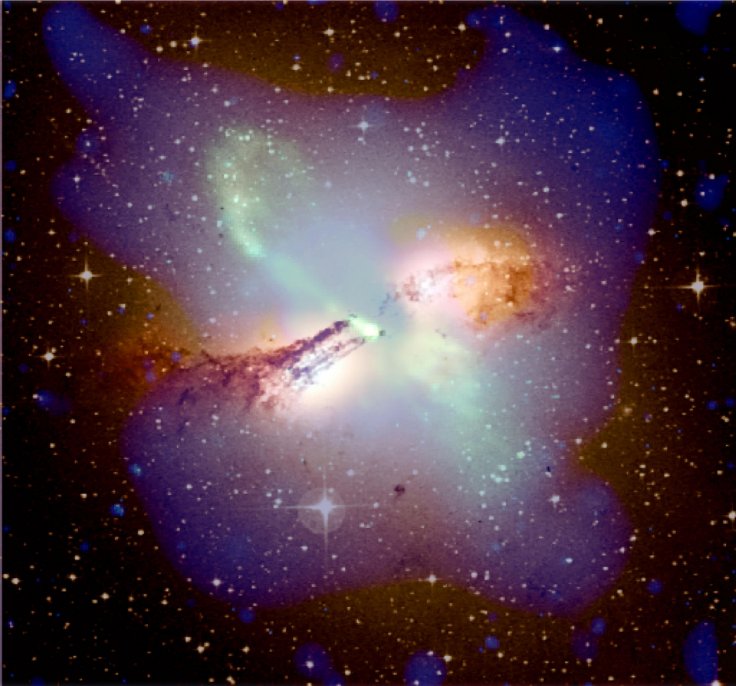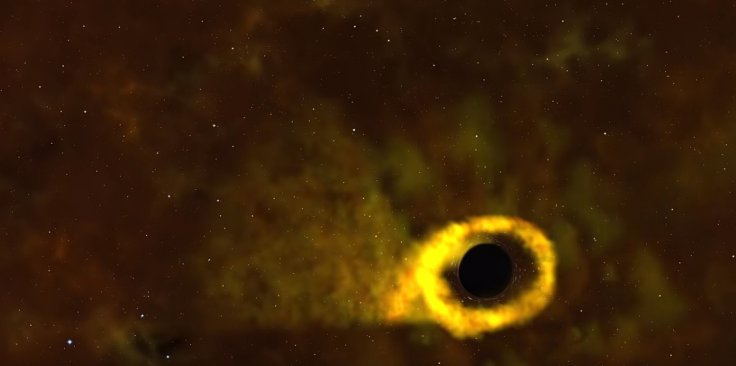
Researchers discovered new evidence that could explain how some black holes grew into enormous sizes. According to the researchers, a massive collision between galaxies may have affected how black holes devour the cosmic materials around them.
A new study published in the Astrophysical Journal Letters revealed the findings of a team of astronomers after observing a distant galaxy known as Messier 77 or NGC 1068. The researchers were able to complete their observations of the galaxy by using the Atacama Large Millimeter/submillimeter Array observatory in Chile.
According to their observations, NGC 1068 is a Seyfert galaxy, which means it has an active supermassive black hole sitting at its center. The researchers noted that the black hole was formed during the early years of the universe. For the researchers, this period was too early for cosmic objects to grow into really enormous sizes.
Upon closer inspection, the researchers noticed that the black hole is surrounded by clouds of cosmic materials that are rotating in opposite directions. These counter-rotating clouds of gas, dust and other cosmic debris fall into the black hole. The researchers explained that the opposing direction of the rotating clouds enables the black hole to consume cosmic materials at a much faster rate, causing it to become enormous. According to the researchers, the black hole is about 15 million times more massive than the Sun.

"Surprisingly, we found two discs of gas rotating in opposite directions," Violette Impellizzeri, the lead author of the study, said in a statement. "Counter-rotating gas streams are unstable, which means that clouds fall into the black hole faster than they do in a disk with a single rotation direction. This could be a way in which a black hole can grow rapidly."
Jack Gallimore, an astronomer from Bucknell University and co-author of the study, said that counter-rotating clouds around black holes are not very common. He theorized that these may have been formed following a violent collision between NGC 1068 and another galaxy. The collision may have disturbed the cosmic materials inside the galaxy, causing them to rotate in an unorthodox manner.
"The counter-rotation always results from the collision or interaction between two galaxies," he explained. "What makes this result remarkable is that we see it on a much smaller scale, tens of light-years instead of thousands from the central black hole."









